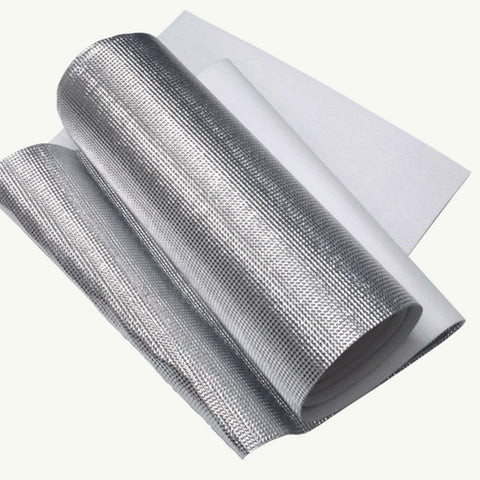
Unveiling the Science Behind Reflective Foam Insulation: How It Works
Reflective foam insulation is a popular choice for homeowners looking to improve the energy efficiency of their homes. But how does it actually work? Let's delve into the science behind this innovative insulation solution.
What is Reflective Foam Insulation?
Reflective foam insulation is a type of insulation that incorporates reflective materials to reduce heat transfer. Unlike traditional insulation materials like fiberglass or cellulose, reflective foam insulation works by reflecting radiant heat rather than absorbing it.

How Does it Work?
Reflective foam insulation typically consists of a layer of foam material, such as expanded polystyrene (EPS) or polyisocyanurate (polyiso), sandwiched between layers of reflective material, such as aluminum foil. The foam layer provides thermal resistance, while the reflective surface reflects radiant heat away from the building.
When installed in the walls, roof, or attic of a building, reflective foam insulation helps to create a barrier that prevents heat from entering or escaping. This can result in significant energy savings by reducing the need for heating and cooling, ultimately lowering utility bills.
Benefits of Reflective Foam Insulation
Reflective foam insulation offers several benefits, including:
- High thermal performance
- Resistance to moisture and mold
- Lightweight and easy to install
- Durable and long-lasting
Additionally, reflective foam insulation is environmentally friendly, as it can help reduce energy consumption and lower carbon emissions.
Conclusion
Reflective foam insulation is a scientifically proven and effective solution for improving the energy efficiency of buildings. By understanding the science behind how it works, homeowners can make informed decisions about incorporating this innovative insulation material into their homes.
































0 Comments